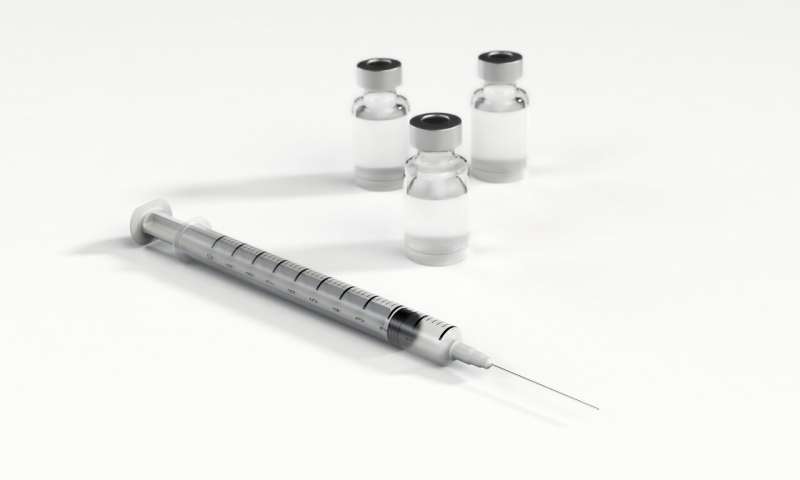Artificial Intelligence Accelerates Infant Brain Development Assessment

A revolutionary AI-based method can assess infant brain maturity within minutes by analyzing EEG signals, enabling early detection of developmental delays and anomalies.
Recent advances in machine learning have enabled rapid and precise evaluation of infant brain maturity through analysis of electrical brain signals recorded via electroencephalography (EEG). Led by researcher Sarah Lippé from the University of Montreal's Department of Psychology, a new method can determine within minutes whether an infant's brain development aligns with their chronological age or shows delays. This innovation offers promising potential for early detection and personalized monitoring of developmental disorders in infants.
The study involved 272 babies, including 53 with macrocephaly—a condition of unusually large head size linked to atypical brain development. Using both traditional machine learning techniques and cutting-edge deep learning algorithms, the team analyzed EEG data to estimate brain age. Their findings, published in the journal NeuroImage, demonstrated that the deep learning approach outperformed the conventional methods, accurately estimating brain age with an average error of less than a month.
"From just a few minutes of EEG signals, we can assess an infant’s brain age with high accuracy, detecting delays or accelerations in development," explained Lippé. The analysis of brain wave patterns revealed that as infants mature, alpha waves (associated with attention and relaxation) become more prominent, while delta waves (linked to deep sleep) decrease—markers indicative of brain development.
Beyond estimating age, this technique can identify neurodevelopmental anomalies, such as delays in infants with macrocephaly. The study also noted correlations between brain age and behavioral as well as cognitive measures, emphasizing the tool's potential in clinical settings.
Early detection of atypical development could revolutionize intervention strategies, allowing healthcare providers to identify at-risk children before behavioral symptoms manifest. Furthermore, ongoing monitoring of brain development through this approach can help evaluate the effectiveness of therapeutic interventions.
This breakthrough underscores the importance of non-invasive, rapid assessment tools in pediatric neurology and highlights how AI-driven analysis of EEG data can transform early childhood healthcare.
Source: https://medicalxpress.com/news/2025-05-ai-infant-brain-maturity-minutes.html
Stay Updated with Mia's Feed
Get the latest health & wellness insights delivered straight to your inbox.
Related Articles
How a Past Injury Can Lead to Lasting Changes in Stress and Pain Responses
Learn how past injuries can cause long-lasting changes in the brain, leading to heightened stress and pain responses, even after healing. New research reveals the neural mechanisms behind this phenomenon and potential therapeutic targets.
Innovative CAR-T Cell Therapy Shows Promise for Autoimmune Hemophilia Treatment
A groundbreaking case at Hannover Medical School demonstrates the successful use of CAR-T cell therapy to treat acquired hemophilia A, offering new hope for autoimmune blood disorders resistant to conventional treatments.
Addressing Resident-to-Resident Aggression in Nursing Homes for Improved Safety
Resident-to-resident aggression in nursing homes is a serious issue affecting resident safety, often linked to dementia. Learn how systems, staff training, and advocacy can help reduce risks and improve outcomes.



